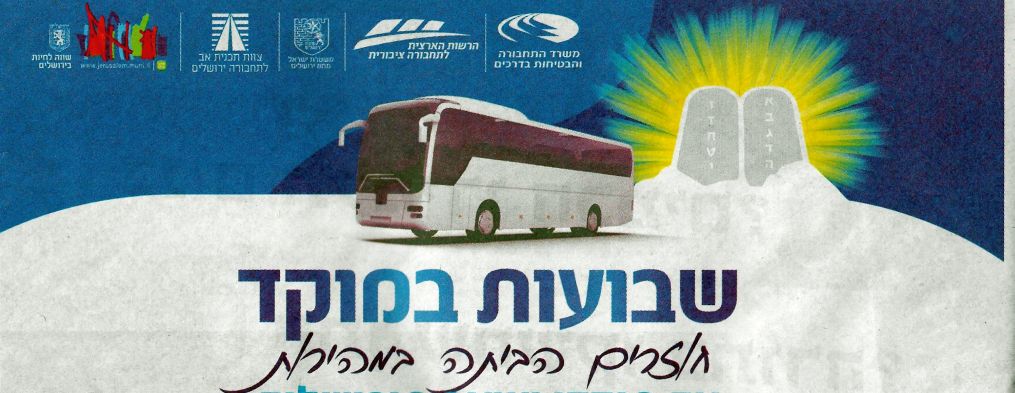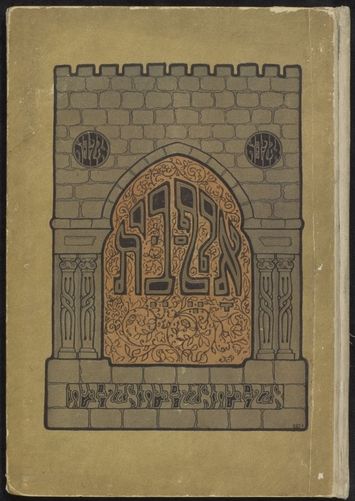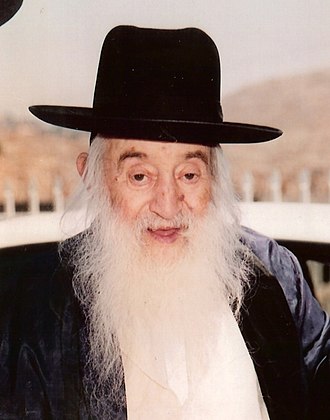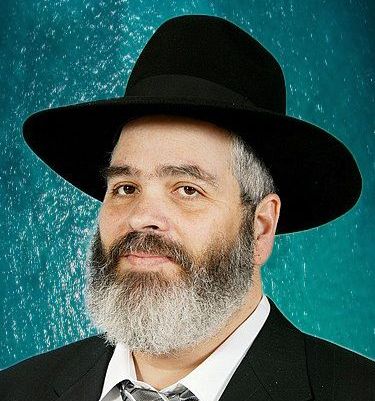  |
|
| ||||||
Shavuos is the Chag HaKatzir
This Google Custom Search looks only in this website. New Bus Routes to Tie Chareidi Communities Together
Public transportation from Beit Shemesh, Ashdod and up north is undergoing improvement.
Beginning May 28th, two new direct intercity lines, #885 from Ashdod and 887 from Beit Shemesh will go to Tsefat via Afula and Meron. In addition, in less than a month, beginning from the 22nd of Sivan, more buses will be added by the Tnufa company on the Beit Shemesh-Jerusalem route.
Shavuos is the time that we all received the Torah together, directly from Hashem yisborach, but each of us also receives it in a more personal way on his third birthday, when, according to the ancient custom we begin to learn Alef-beis. A noted educator explains here the connection between the individual matan Torah of every child and our nation's matan Torah, and the other customs that prevail when a child learns the first parts of Torah that he can relate to. This was first published in 1996.
Numerous minhagim were promulgated by rabbonim of earlier generations for the time when a child begins learning Torah. Their aim was to imbue the children's neshamos with the fundamental ideology of Judaism. Upon this firm foundation the children later build their character, in a life of devoted to Torah observance. In addition, these minhagim possess special spiritual qualities for the child's future success in Torah studies.
The minhagim are cited in numerous rishonim: Machzor Vitri by R' Simcha of Vitri, a student of Rashi's (chap. 508); Orchos Chaim by R' Aharon HaKohen of Lunel (parts II and III); HaRokei'ach by R' Eliezer of Worms (Hilchos Shavuos 296); Kol Bo (74); Migdal Oz by R' Yaakov Emden; and others.
The Machzor Vitri writes at length about these minhagim and cites sources and reasons for each of their details. It is certainly worthwhile for us to examine their foundations, which embody their aims, and in addition to describe how to correctly fulfill the minhagim, so that we will benefit from them in the ways that Chazal intended.
"The parshiyos about a nazir and a sotah are juxtaposed, to teach us that anyone who sees a disgraced and defiled sotah should abstain from drinking wine (like a nazir), because after seeing such a sight one can be aroused to lewdness" (Sotah 2a, and cited in Rashi, Bamidbar 6:2).
Many have wondered why it is that now, after seeing that the sinful woman is visited with such a disgraceful punishment, one need abstain from drinking wine to deter sin? Isn't the sight of her being punished sufficient to prevent us from plummeting to sin? Why is it necessary to seek further means to prevent him from sinning?
In our prayers on Shavuos we mention the yom tov as being zman matan Toraseinu. This appellation, besides actually indicating the essence of the yom tov, also teaches us the way we are to serve Hashem on that day.
On Pesach we mention in our prayers that it is zman cheiruseinu, which indicates that during this yom tov our main service is to remember our Exodus from Egypt and all the miracles that HaKodosh Boruch Hu did for us at that time. We also conduct the seder on Pesach to recall the miracles that He did for us.
Similarly, on Shavuos, zman matan Toraseinu, our chief duty is to recall the revelation on Mt. Sinai with all the sounds and fiery torches, all the clamor, the awe and reverence, and the other spectacular experiences and revelations that accompanied it.
It is perplexing, however, why we are obliged to remember the receiving of the Torah on Shavuos. After all, Hashem's gift of the holy Torah on Shavuos did not last. The tablets given then bearing the Ten Commandments were broken, and Moshe Rabbenu had to pray to Hashem on our behalf until He answered our prayers and gave the second set of Tablets. It would make more sense, from this perspective, to celebrate zman matan Toraseinu on Yom Kippur, since it was then that we received the Second Tablets containing the Torah which we still have.
Why, therefore, do we celebrate receiving the Torah on Shavuos when we received then only the First Tablets, which are no longer with us?
OPINION
Since the budget was proposed, the Opposition has been expressing its opposition to the budget by attacking the chareidim. In fact the budget is just a normal Israel government budget, with those in the government getting funding for their constituencies, who voted for them at least in part for that reason.
The chareidim are being portrayed has "sucking the blood" of the rest of Israel even though there is no objective facts to support this.
It is also clear that if the chareidim had gone together with the parties that are now attacking them, they would have gotten at least as much money, and probably more. But this did not happen.
It didn't happen because the chareidi public cannot be bought with money. Not even a lot of it. Those who shell out bills at demonstrations are polluted with the old time, detested anti-Semitism which regards Jews as money grubbers, pursuers of money, but what can they do if the reality points in the opposite direction?
If the chareidi stereotype were accurate, we would find ourselves as part of the leftist government which dispenses money generously, even munificently.
* * *
Outstanding Articles From Our Archives
IN-DEPTH FEATURES
by A. Avrohom
As the nations of the Western world commemorate the sixtieth anniversary of the end of World War II, we note the sixtieth yahrtzeit of the Rebbe, Reb Shlomke of Zevihl.
*
"Ai, Reb Shloime, Rebbe of Zevihl, who can measure how much I owe him?"
Exclamations such as this can be found in profusion among the pages of the two biographical volumes that tell the story of Reb Shlomo of Zevihl zt'l, the fourth admor of the Zevihl dynasty. Reb Shloimke settled in Yerushalayim almost eighty years ago, becoming a source of inspiration, comfort and hope to the countless Yidden who came to his home in the Beis Yisroel neighborhood seeking his help, his advice, his blessings and his prayers.
The book contains personal stories told by people whom he supported both materially and spiritually, and by others who were delivered from problems and who emerged from crises through his blessings and prayers. The many wondrous stories that are told by those who experienced them, transform our picture of the exceedingly pious, modest and retiring figure whose life is the subject of this article, into a spiritual hero who was widely revered and loved. Clearly, it is impossible to fully portray such a life in the confines of a single article. If the following lines succeed in simply providing a frame of reference for appreciating the greatness of the man and his deeds, they will have served their purpose.
Hand in Hand
Twenty-one children were born to Reb Mordchele zt'l, the third Rebbe in the dynasty of Zevihl, in the Ukraine. Sadly, most of them died young, in their father's lifetime. Two sons remained: the oldest, Reb Michel'e and the youngest, Reb Shloimke. The two brothers were exceptionally close to one another.
Reb Shloimele married when he was fourteen years old. His father supported him to begin with, but one day he firmly resolved to place his trust in Hashem and forgo his father's support. His Father in Heaven, he declared, would supply all his needs. In consequence, his young rebbetzin stopped her customary daily visits to her father-in-law's home.
Opinion & Comment
based on a shiur from HaRav Dovid Cohen
A Clean Slate
"Ezra established that the curses of Ki Sovo should be read before Rosh Hashonoh and those of Bechukosai before Shavuos" (Megilla). We can understand why we read Ki Sovo prior to Rosh Hashonoh: so that the klolos of the year should come to an end and not follow us into the new one. But why do we need to mention these curses before Shavuos?
All of the festivals are judgment days (Biyur HaGra 524, 5). Rosh Hashonoh is the Day of Judgment for mankind, while Shavuos is the Day of Judgment for fruit of the trees. Since it is a yom hadin, that is why it is appropriate for us to read the curses beforehand. On the other hand, on Succos there is judgment on water and Pesach on wheat, and we do not read these parshas beforehand. What is unique about Shavuos that this Torah reading is required?
The Shelah explains that in addition to its literal meaning, the term "the fruit of the trees" also refers to the Torah that a person will learn that year. Rav Isser Zalman Meltzer explained that just like Rosh Hashonoh needs to be prepared for in Elul, so too we need to prepare ourselves in advance for Shavuos if we want to reap its "fruits." If we make the effort to ready ourselves for Shavuos, we will also merit an end to the curses of the year.
"Every korbon speaks about transgression except for the sacrifices of Shavuos" (Talmud Yerushalmi Rosh Hashonoh, end of 4th perek). One of the main functions of Temple offerings was to cleanse us of transgression. If the Torah makes no reference to this in the korbonos of Shavuos, it must be for a reason.
Opinion & Comment
by Mordecai Plaut
We are completely different since that Shavuos, having received the Torah. We would not want to imagine ourselves as we would be without the Torah, but in modern times there are all too many, and all too powerful, demonstrations of the depths to which man can sink all around us.
Torah is completely unique. It is not another system; it is not just another body of knowledge.
The Torah is the word of Hashem to mankind. There is nothing else like it. It is instructions for how to live on a personal and national level. It is knowledge about the secrets of the universe. It presents a standard for a life that is so high that we have never - yet - achieved it, but we continually strive for it.
All the hard-won achievements of the rest of the world are of a totally different character. The scientific knowledge of the rest of the world is not competitive with Torah. It is based on physical experience and always advanced with admitted uncertainty. It is the best guess today, but who knows what the morrow may bring? New facts may be discovered; new ideas may be proposed.
The Lancet (1997 p. 1752; 1998 p. 376) estimated that the half life of medical knowledge is 45 years, meaning that within that period, half of what is known at a given time is discarded. A specialist in medicine said that after working for 20 years he found that more than 20 percent of what he had learned was never true in the first place.
This is not true in Torah, and it cannot be true in Torah.
|
||||||



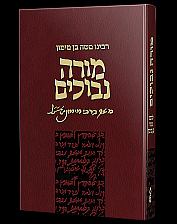
.jpg)

